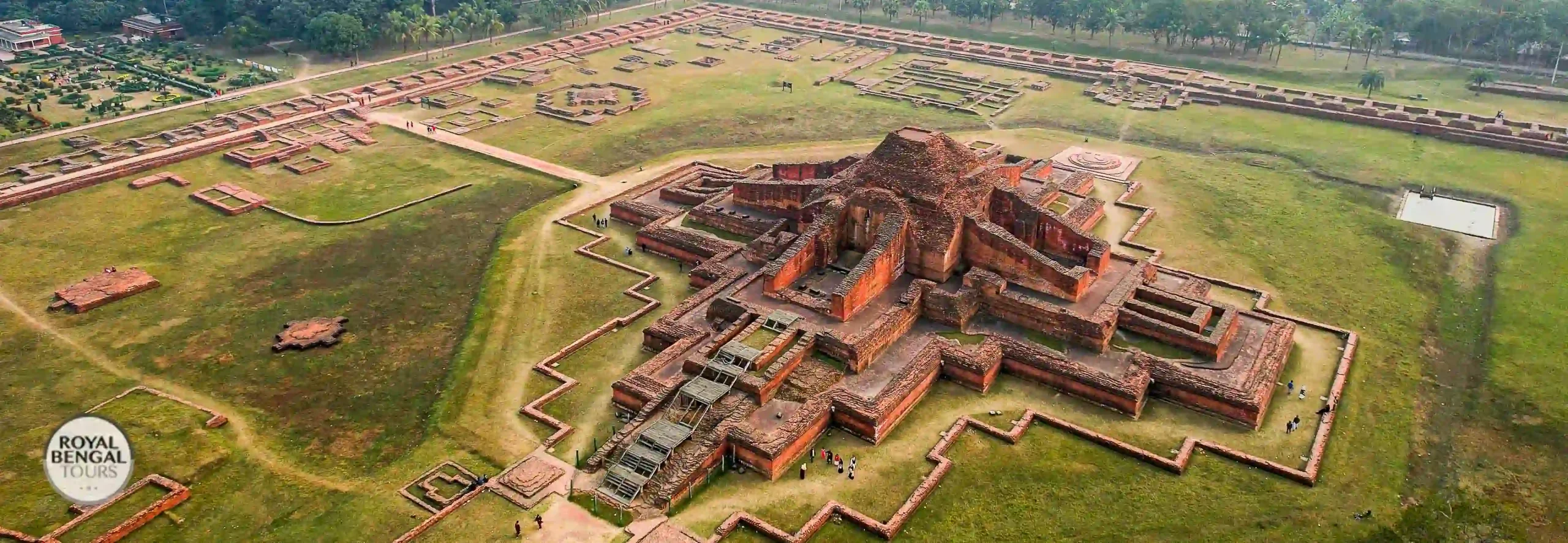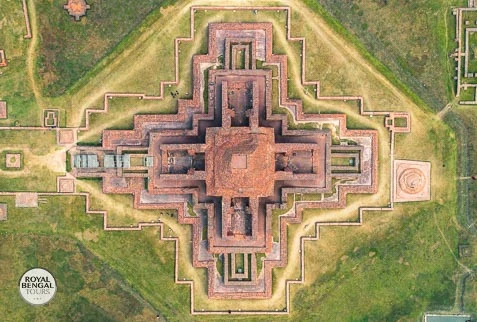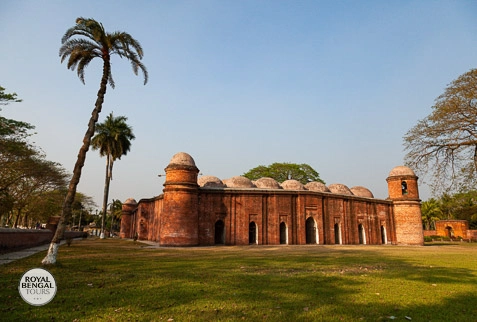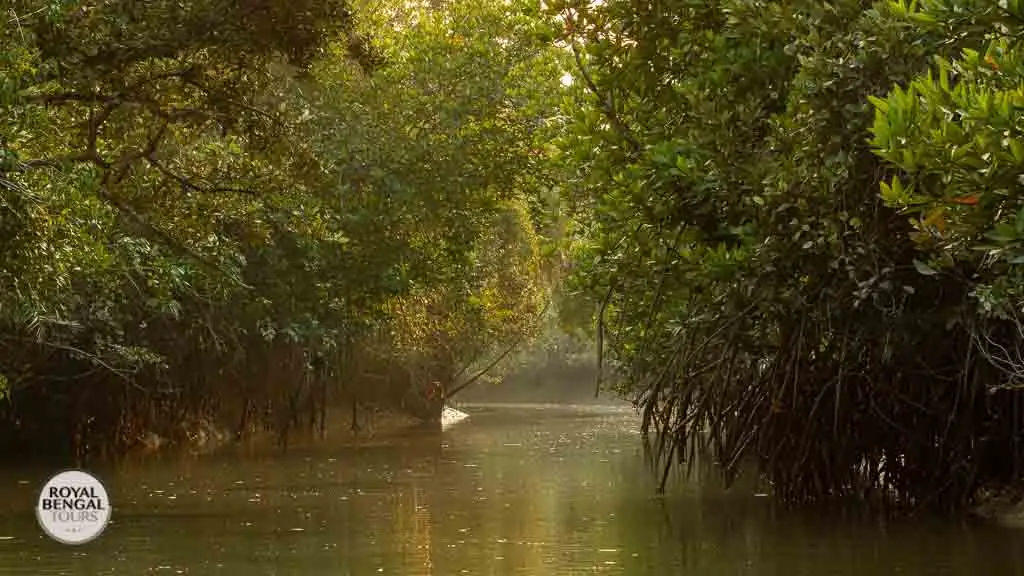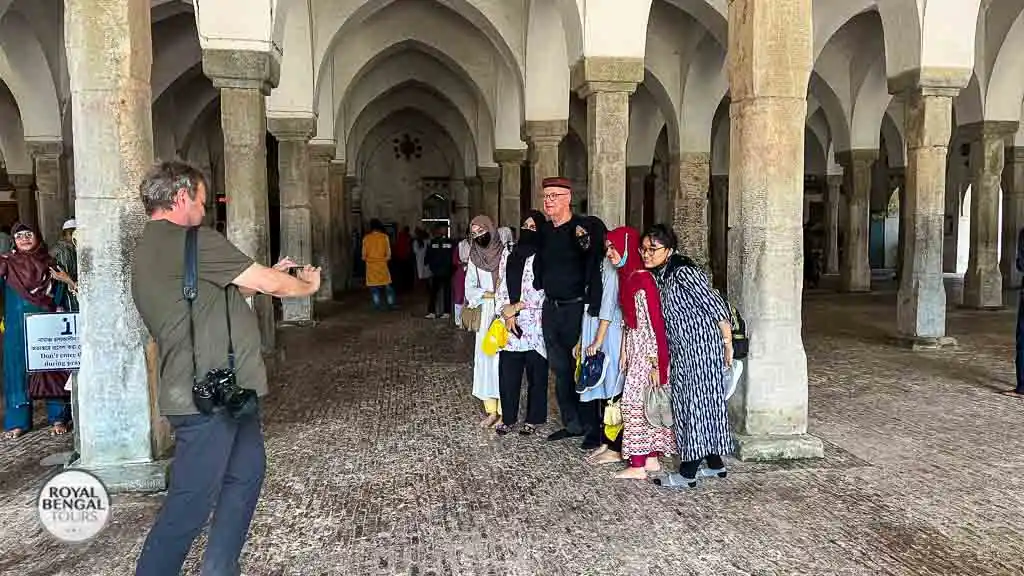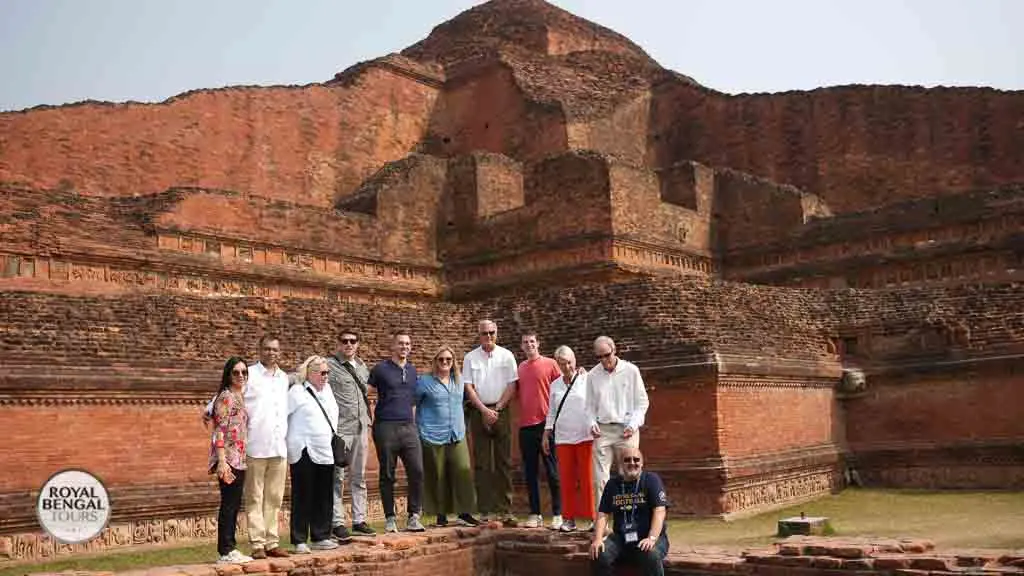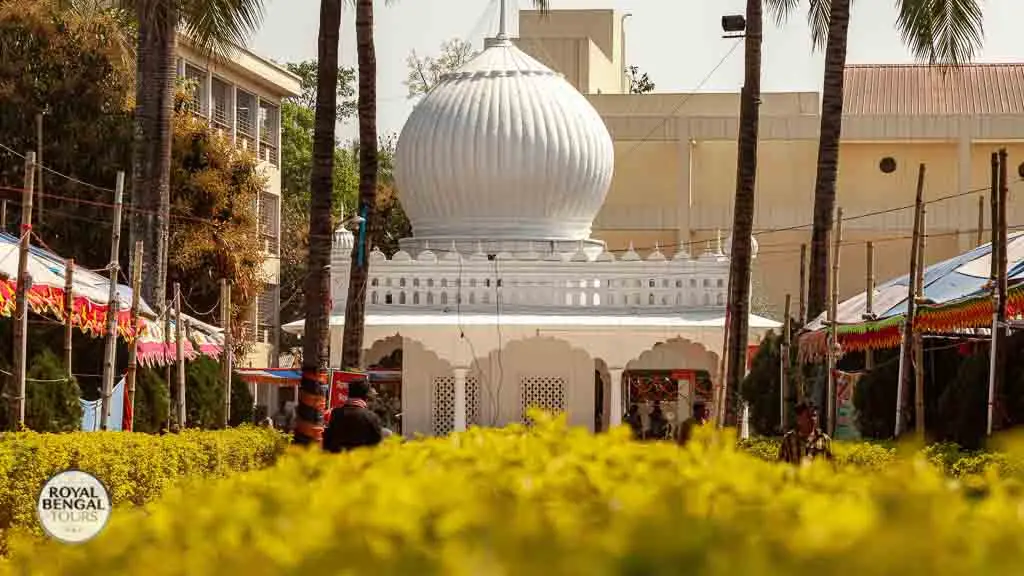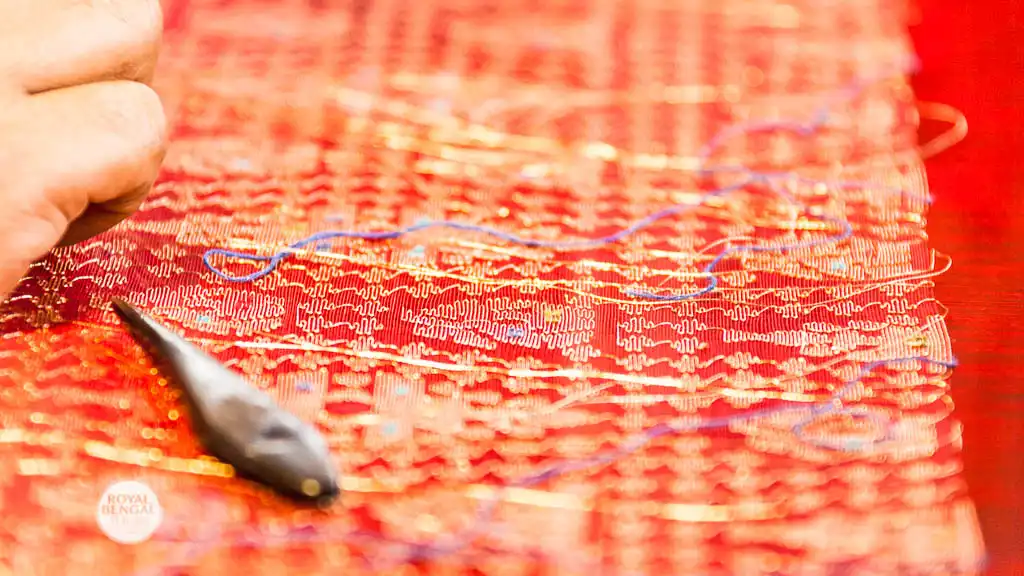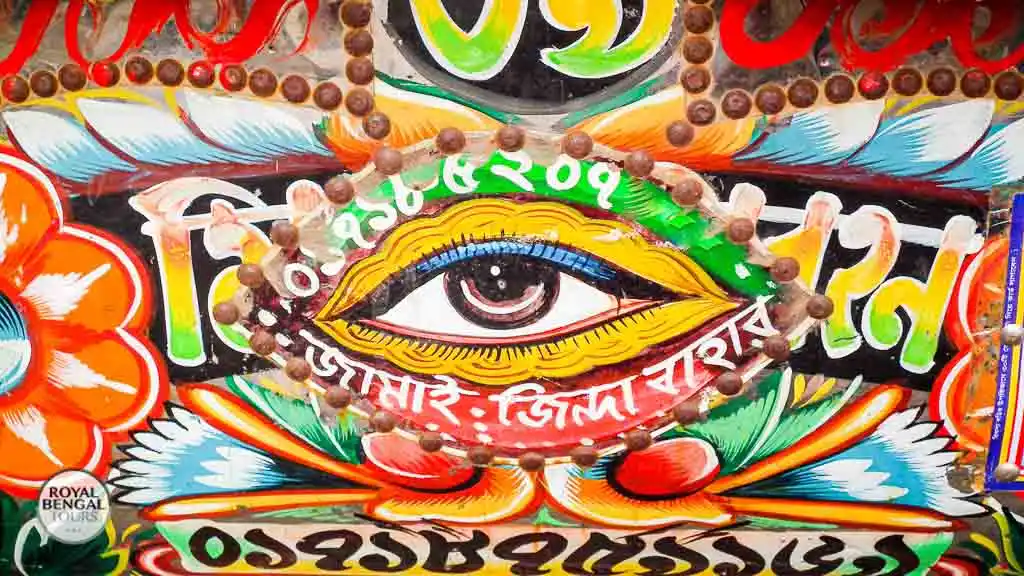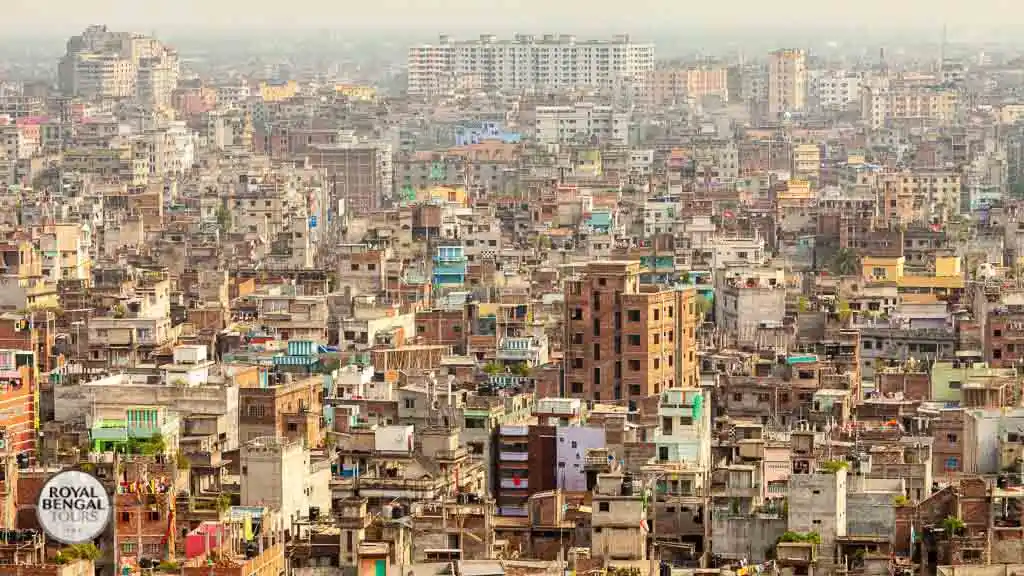“Traditional art of Jamdani Saree weaving”
The traditional art of Jamdani weaving was recognized as an Intangible Cultural Heritage of Bangladesh by UNESCO in 2013. Jamdani involves meticulously weaving delicate patterns onto gossamer-like muslin fabric. The resulting sarees are renowned for their breathtaking beauty, featuring floral motifs, geometric designs, and traditional symbols. Owning a Jamdani saree is a cherished possession, representing not just exquisite craftsmanship but also a connection to Bangladesh’s cultural legacy. If you have time during your stay in Dhaka, do not miss the opportunity to meet the magic artisans and their incredible works that you can never believe without seeing. You can also include Jamdani village visit with a trip to Sonargaon and Panam Nagar. Discover the cultural significance of this revered textile artform, and perhaps acquire a piece of Jamdani fabric as a cherished souvenir.
Experience the beauty and heritage of Jamdani weaving, a quintessential part of Bangladesh’s cultural tapestry.
[Read more about Jamdani weaving…]
“Mangal Shobhajatra”
Mangal Shobhajatra, celebrated on Pahela Baishakh (Bengali New Year) on April 14, is a vibrant festival organized by the students and teachers of Dhaka University’s Faculty of Fine Art. Recognized by UNESCO in 2016 as an Intangible Cultural Heritage of Humanity, this procession symbolizes the unity, strength, and cultural pride of the Bangladeshi people. Featuring colorful masks, floats, and traditional music, the festival aims to drive away evil forces and usher in hope and prosperity for the new year. It stands as a testament to the country’s rich folk heritage and democratic values. The Mangal Shobhajatra offers a unique window into Bangladesh’s rich cultural traditions and festive spirit.
Shital Pati
The Bangladeshi traditional art of Shital Pati weaving was recognized by UNESCO as an intangible cultural heritage of humanity in 2017. This unique art form involves the intricate weaving of strips from the Murta plant, known for its flexibility and durability, to create beautifully patterned mats known for their cooling feature, especially valued during hot summer months. They are cool (“Shital” translates to “cool” in Bengali) and comfortable for use as seating mats, bedspreads, or even prayer rugs. Woven by skilled artisans, primarily in the Sylhet region known for its rich cultural heritage, Shital Patis transcends mere utility. The skill and craftsmanship required to produce Shital Pati passed down through generations from master artisans to apprentices, preserve not only the technique but also the cultural significance and communal identity associated with it. The rhythmic clack of the looms and the meticulous attention to detail, creating a symphony of sound and sight, speak volumes about the dedication of these artisans, keeping a cool and colorful tradition alive.


